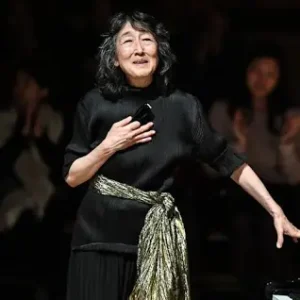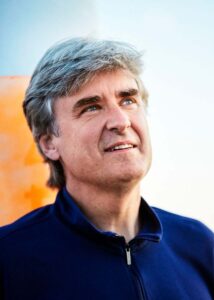Philharmonia – Thomas Dausgaard – Mitsuko Uchida – Royal Festival Hall – 25 January 2024
Can anyone play Beethoven as Uchida does? She sits diminutive, slightly hunched over the keys, looking like a teenager from a distance, although this great pianistic Dame is actually 75. Then she produces magic. She plays the rippling first movement melodies of the second piano concerto as if it were chamber music, delivers the adagio with such intimate tenderness that it’s almost painful and then sets a nippy, but not extreme, tempo for the rondo which dances along elegantly with Dausgaard on the podium ensuring that we don’t miss the delicious detail in the accompaniment such as the lower strings pizzicato and the bassoon work.

Part of the secret, I think, is that Uchida is a charismatic communicator at every level. She makes eye contact almost continuously as she plays and genuinely seems to enjoy every moment of the work. And when she’s not playing, she never stops talking – to Dausgaard, to Philharmonia leader Zsolt-Tihamér Visontay and to any section leader whose eye she can catch. It must be a warm joy to work with her.
The concert had begun with Overture Leonore 2 presumably to get us in Beethovenian mood. It came with lots of impassioned drama in the slow (very slow) opening with some impressive pianissimo and later some immaculately punctuated heavy chords. It was a performance full of colourful contrasts and, of course, the semi-surreal effect of the off-stage trumpet. Dausgaard was a last minute stand-in for Esa-Pekka Salonen who was unwell, but one would never have known. He did a fine job.
The interval saw the disappearance of the piano and the arrival of big forces for Sibelius’s Lemminkӓinen Legends, an early work n which he rycycled material he’d previously used in Kullervo, The result is a 50 minute, four section work in which each movement is a tone poem inspired by a Finnish legend. Of these, the third movement The Swan of Tuonela is the most familiar because it’s often extrapolated and played as a standalone.

Dausgaard gave us exceptionally rich passionate cello sound in the first movement and I admired the way he dug out the darkness of the sinister rising and falling tremolo figure in the scherzo. And of course, there was a lot of power in the evocatively dying Swan before we reached the descriptive, rather more optimistic final movement.
It was good – and perhaps not surprising – to see Royal Festival Hall full almost to capacity for this interesting and very rewarding concert.